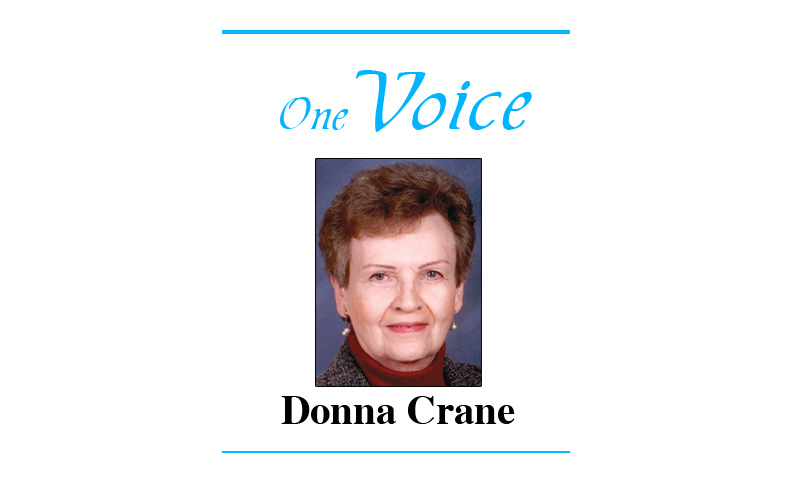
Last of three parts
The previous part is at https://thevoice.us/levees-dams-make-mississippi-river-a-true-highway
Jenny Rogers wrote the following article for The Nature Conservancy (TNC) Magazine.
Parts one and two were both new approaches to solve annual Mississippi River floods and on levees and dams to make the River a true highway.
Rogers wrote: “As floods throughout the Mississippi River Basin become more destructive and unpredictable, communities are changing tactics to give the water a place to go. For the past decade’, wrote Gretchen Benjamin, TNC large-water specialist, ‘has been part of a team at TNC working to restore and, where possible, reconnect 750,000 acres of the basin’s floodplains to the River. She and TNC are not alone in the effort to restore Mississippi floodplains. States and other conservation groups throughout the basin are trying to mitigate the damage that comes with every wet season. The U.S. Department of Agriculture manages the Agricultural Conservation Easement Program and Wetland Reserve Easements, a program that buys easements on vulnerable farmlands that are converted back into wetlands and other wildlife habitat.
“More extreme weather is putting more residents at risk
“Meanwhile, the risks are rising. Throughout the Midwest, climate change is causing more extreme weather patterns. Heavier rains are dumping more water into the watershed in shorter periods of time, creates more frequent extreme floods.
‘“Our new normal is high water,’ Benjamin said. ‘And the infrastructure that was built on the River for humans isn’t set up to deal with these high water levels.’
“A study published in Environmental Research Letters in 2018 found that nearly 41 million Americans are at risk from flooding rivers. That number likely will increase in the coming decades.
“It was April 2020 in Missouri. Barbara Charry, the floodplains strategy manager for TNC in Missouri, presented to the state’s Flood Recovery Advisory Working Group about an online mapping tool TNC was using to help state and federal agencies plan for flooding near St. Louis along the Meramec River. Recommendations for the Meramec plan included wetland restoration, a flood-warning system, flood insurance and buyouts of particularly vulnerable land.
“Developed by TNC, the Floodplain Prioritization Tool, she told the group, was designed to help communities identify the places where restoring floodplains could be particularly effective. With the map-based tool, they could see where conservation or restoration of floodplains could provide the most benefits for habitat, water quality, and future damages to property. Models have shown that where a river is allowed to expand, flood levels and water velocity can be reduced to prevent greater damage locally and downstream.
“In 2017, the Enterprise Rent-A-Car Foundation, the philanthropic arm of the international rental car company, donated $30 million to enable TNC’s global conservation work for rivers. “Enterprise has deep roots in St. Louis, and one of the world’s greatest Rivers, the Mississippi, runs right through our hometown,” said Carolyn Kindle Betz.
Expand To See More
“Charry had become involved in the Atchison County levee discussion after an Army Corps employee reached out to her, asking if TNC would be interested in buying floodplain property. Local support had coalesced around the idea of rebuilding one of the two damaged levees farther back from the River, to add about 1,100 acres back to the floodplain. But there was a catch: The relocated levee would run through private property and turn former cropland back into wetlands that could not be used for farms..
“Charry began convening meetings among a wide spectrum of organizations and groups of people to find a solution. Ultimately a commitment from TNC to purchase the land in the floodplain, together with payments for emergency floodplain wetland easements from the Natural Resources Conservation Service, ensured that the landowners would be compensated. The Army Corps and Natural Resources Conservation Service would replant the fields with native plants and restore wetland habitat, with the intention of eventually turning it over to a state agency.
The Bayou
“Bayou Sorrel is part of the Atchafalaya River system, which draws water from the Mississippi River and sends it through southern Louisiana. The Conservancy has helped the state reintroduce these flows to reduce flooding near New Orleans and improve habitat. © Rory Doyle
“What happens upstream affects those downstream
“Throughout the basin, decisions made upriver affect those downriver, for better or worse. But that doesn’t make giving up family land or altering a way of life any easier.
“One rural community on the Illinois-Missouri border in an area known as Dogtooth Bend is grappling with that change. After multiple breaches and floods, the Army Corps determined that rebuilding the area’s levee wasn’t financially feasible. In 2019, landowners willing to allow their farmland to be converted back to functioning floodplains began applying for wetland easements through the federal Natural Resources Conservation Service, which compensates them, but there is currently more interest from landowners than there is money to pay them,” Rogers wrote.

